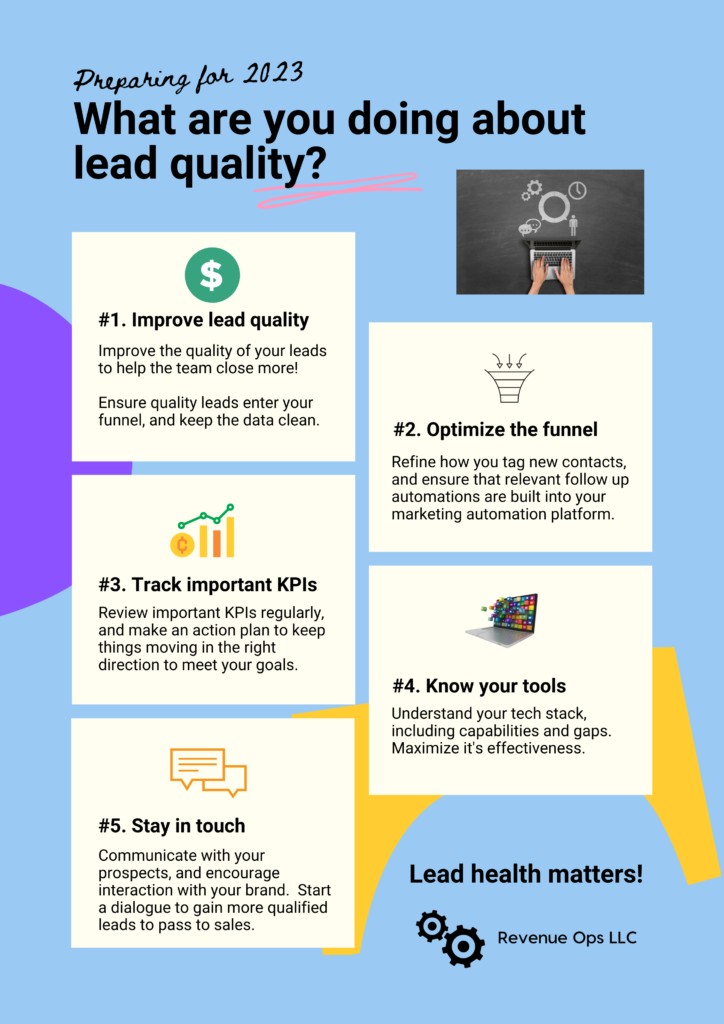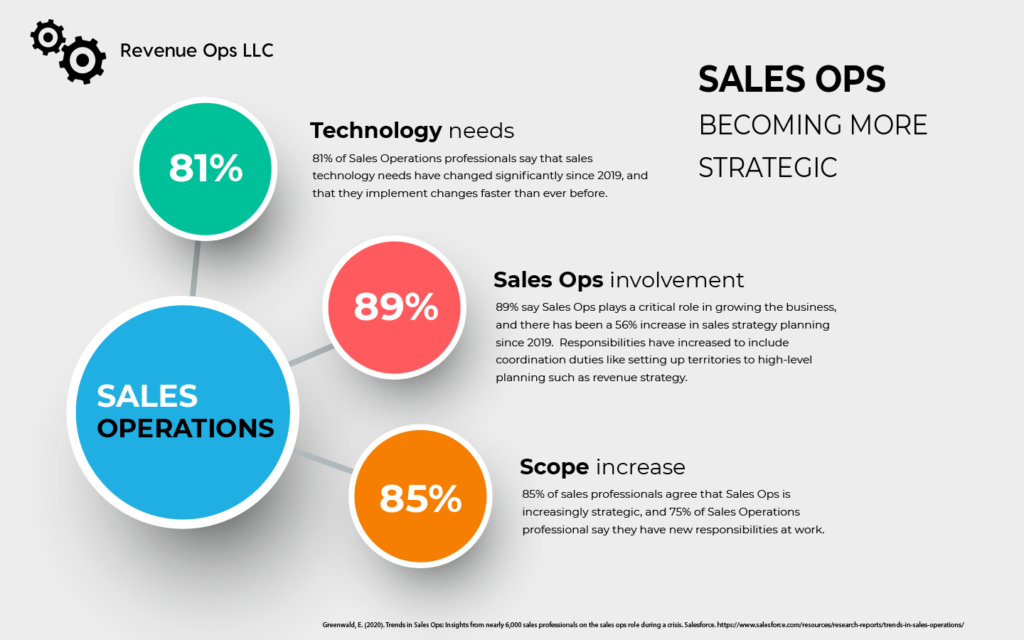What are you doing about lead quality?
Lead quality is an essential factor in your sales and marketing initiatives. High-quality leads are most likely familiar with your products or services and therefore are likely to convert to customers.
It’s time to prepare for 2023. To ensure that your sales team is set up for success, we need to fill the pipeline with high-quality leads. What is the best way to do this?
So, you can increase your effectiveness and push more leads to close by:
- Improving lead quality
- Optimizing the sales and marketing funnels
- Tracking important KPIs
- Knowing your tools
- Staying in touch with your prospects.
Driving quality traffic to your website starts with knowing who your customers are and what motivates them. Yet, sometimes our customers are not who we think they are. We might learn new or unusual things about our potential customers when we analyze web traffic behavior, online and offline inquiries, blog engagement, etc.
Making data-driven decisions involves applying what we learn from our data and optimizing opportunities. For example, if particular lead magnets convert prospects quickly or generate more revenue than others, we should focus on those assets. Or, if we notice a pattern of users leaving the website on a specific page or at a certain point on a form, we should look into the issue. Something may be broken on the page, or if any of the form fields require sensitive information, that might make users pause.
Revenue Ops LLC is here to help you maximize your revenue. Our team of experts can help you analyze your current tech landscape, build an ideal system to align your sales, marketing, and customer service teams, and then train them on how to use it efficiently. Contact us today to schedule a discovery call to set your team up for success in 2023!




